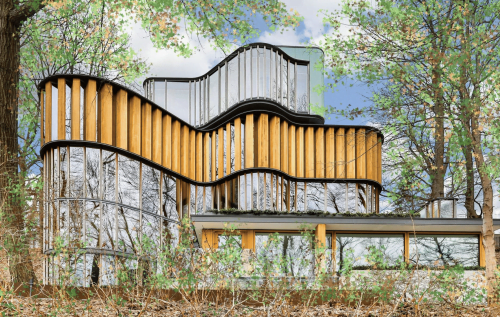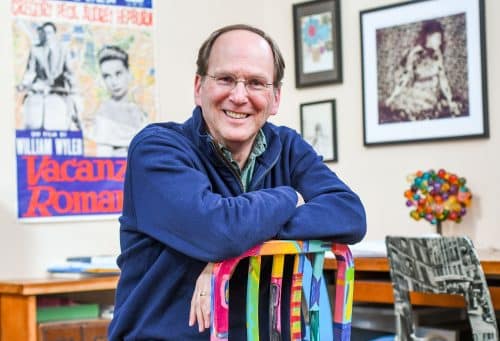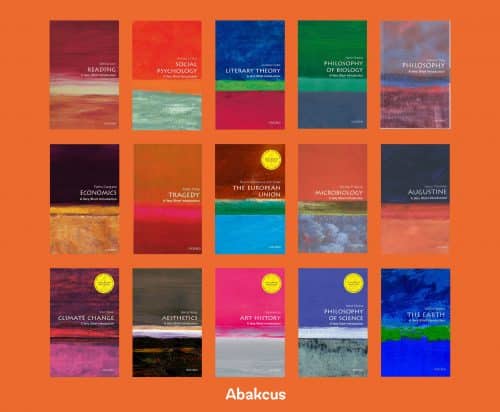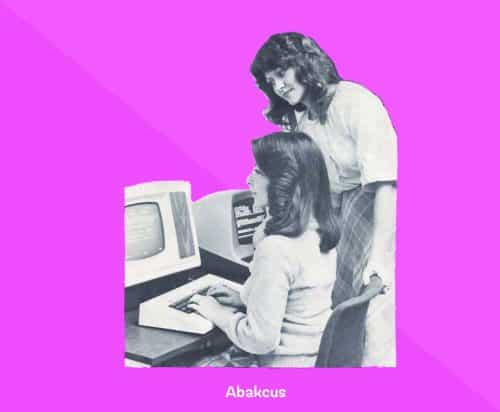Making bubbles is an endeavor that adults, as well as children, find interesting and fascinating. Even artists specialize in it and can make bubbles of different sizes and shapes. So the best recipe for bubble that makes the best bubbles was a mystery that many children and adults were curious about. But thanks to a group of scientists, we now have the formula for the best bubble solution to make big, long-lasting bubbles!
Most of us have tried to make big and beautiful bubbles at least once in our lives. So we know how difficult it can be to prepare the necessary solution to make them. In fact, in most cases, it’s a problem that can cause an activity that started with great enthusiasm to end in disappointment in a short period of time. But now, thanks to a group of physicists, we know the recipe for making the best bubbles.
A group of physicists has succeeded in developing a recipe that will allow them to make long-lasting and gigantic foam bubbles. The recipe allows them to make bubbles with a diameter of at least 12 centimeters; some are even big enough to fit a person inside.
In fact, performance artists who specialize in making bubbles can make large and impressive bubbles. So some people know recipes for making good bubbles. Marina Pasquet and her team at the University of Paris-Saclay began their research by studying these recipes.
Bubbles are packets of air surrounded by a liquid membrane of varying colors. A phenomenon called the Marangoni effect, which affects the movement of molecules across the bubble’s surface, helps keep the bubbles’ surface intact.
The mixtures that produce bubbles are usually made by adding small amounts of detergents to water. The researchers discovered that the detergents act as surfactants (substances that reduce surface tension) and, through the Marangoni effect, protect the balloon’s surface from bursting. However, this requires a certain balance of detergent in the mixture. Pasquet says that the more detergent added, the easier it is to create a bubble by blowing, but the shorter the bubble’s life.

The mixtures people make themselves at home consist mostly of water and detergent. However, the researchers have identified two other ingredients to make the bubbles a step up when added to the water and detergent mixture. According to Pasquet, the chemicals called long aqueous polymers increase what is known as stretch viscosity, preventing the bubble’s membrane from deforming during blowing. Such substances include guar gum and xanthan gum, which are added to foods.
The last important ingredient in the recipe is glycerol, commonly known as glycerin, which helps the other ingredients to mix well so that the mixture remains permanently capable of producing balloons. Researchers say that glycerol also slows the evaporation of water from the bubble membrane, prolonging the bubble’s life.
Some bubble artists also add ingredients such as citric acid, baking soda, or yeast to change the pH, or acidity, of the mixture. Still, Pasquet and colleagues found that adding them when the ingredients they identified were present did not benefit them.
The researchers tested 20 good mixture recipes by measuring how long 50 balloons could remain unpopped. Pasquet said they first tried to create the bubbles by blowing on them with their mouths, but because there would be variations in blowing speed, they used a pressure-regulating device that delivered air at a constant rate.
The ideal recipe determined by the research team is as follows:
● 85.9% water
● 4% dishwashing detergent
● 0.1% guar gum
● 10% glycerolThis mixture enabled the researchers to create consistently large and long-lasting bubbles. In fact, Pasquet says a balloon about 12 centimeters in diameter could stay in the lab for 24 hours without bursting. Using a similar mixture, the researchers produced a large bubble that enclosed Pasquet. Pasquet believes that their recipe not only helps children to have fun but also helps physics laboratories to study turbulence and surface waves in balloons.














